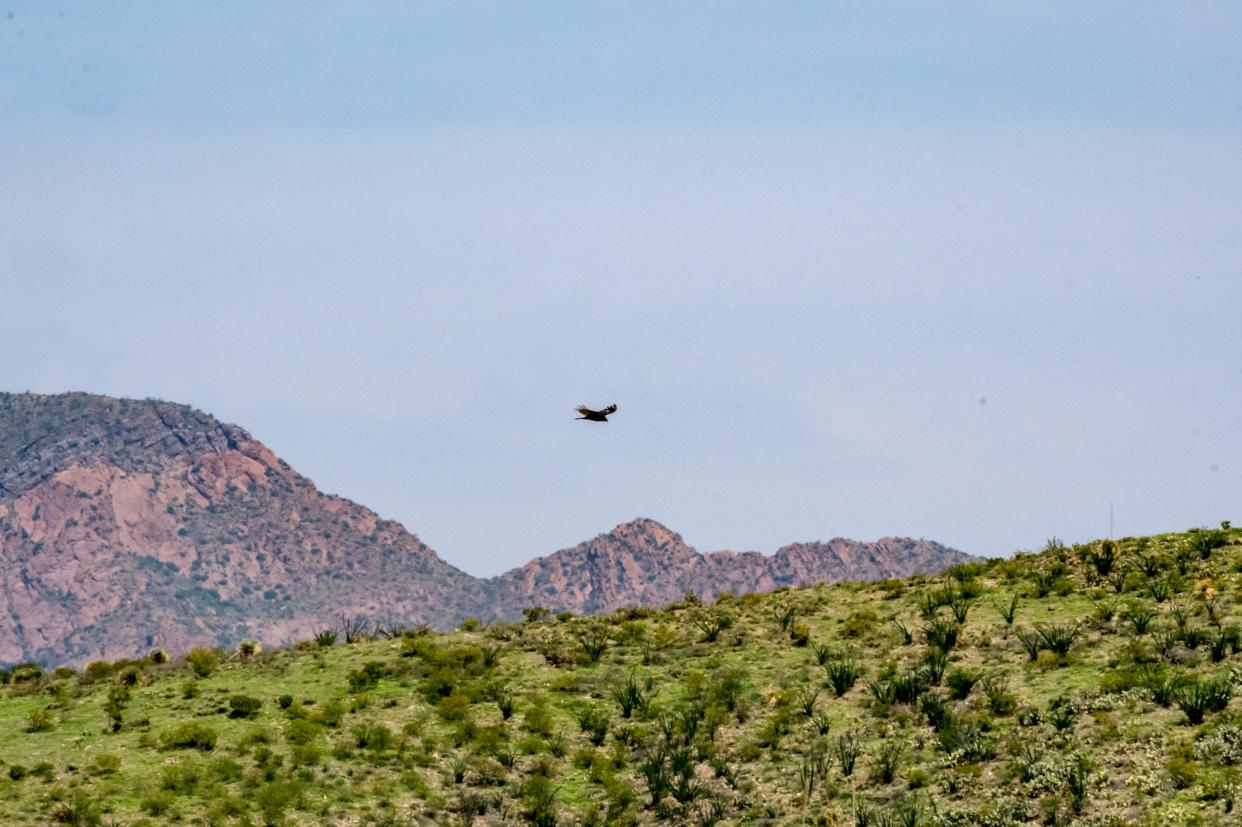Castner Range, a story of perseverance and integrity in need of protection: Eric Pearson

More than a billion years ago, our region was a shallow sea and volcanic islands. As the sea retreated, seismic activity upended the earth. The mountains rose up, exposing layers of rock like the pages of a book — an illustrative history of the earth. Over many millennia, runoff and erosion, earthquakes and even a tsunami helped create an alluvial fan — the gradual slope up to the eastern foothills of what we now call the Franklin Mountains.
Those foothills and that beautiful, high desert slope has been called Castner Range since the 1920s. Named for Gen. Joseph Castner, the range was used through the mid-1960s for weapons training by Fort Bliss. By 1966, the city of El Paso had expanded and grown too close for safety.
More: Help ensure Castner Range becomes a National Monument: Rep. Joe Molinar
Since the 1970s, when the army considered Castner Range “excess land,” there has been simmering a battle to keep Castner from being developed. Now, we all have a chance to develop Castner Range into a national monument.
If not for decades of hard work by many people who recognize that Castner Range is an innate part of our regional identity, Castner would have been paved over into strip malls and suburban homes, its natural beauty literally stripped down to dirt to clean the area. The Franklin Mountains Wilderness Coalition, the Frontera Land Alliance, Nuestra Tierra Conservation Project and the El Paso Community Foundation, among many others, have been working for the past six years to move the earth again — not seismic activity here, but in Washington, D.C.
More: Check out photos of the wildlife and landscape of Castner Range, a former firing range
What we collectively need is participation. Sign a letter to President Joe Biden at castnerforever.org and get your business to send a letter. The Antiquities Act allows the president to designate this important place as a national monument — something tens of thousands of people, organizations like the chambers, city, businesses and nonprofits have unanimously supported.
A national monument designation does two things immediately. It protects the integrity of more than 7,000 acres of timeless beauty, historical sites, prehistorical cultural sites; it allows us to better tell the story. Longer term, it allows that story to be taught to generations of kids who have the chance to grow up with a stronger understanding of their environment and their sense of place — their story.
More: El Paso leaders urge President Joe Biden to declare Castner Range a national monument
The story of Castner Range is not just its eons of history. It is a story of now. It is the story of bright spring poppies washing down the slopes. It is the place where our groundwater slowly percolates out of the arroyos and underground, to replenish the Hueco Bolson, and — in time — a source of the water supply that sustains us. It is the story of children understanding that the desert is an important ecosystem, and that the mountains represent our unique place and challenge us to protect it. It is a story of perseverance and integrity.
We need a new tsunami to wash over our nation’s capital. A swell of support so big and strong that our federal government has to take heed. The time is now.
Eric Pearson is president and CEO of the El Paso Community Foundation, serving far West Texas, Southern New Mexico and Northern Chihuahua, Mexico, since 1977. Visit epcf.org for more information.
This article originally appeared on El Paso Times: Castner Range, a story of perseverance and integrity: Eric Pearson

